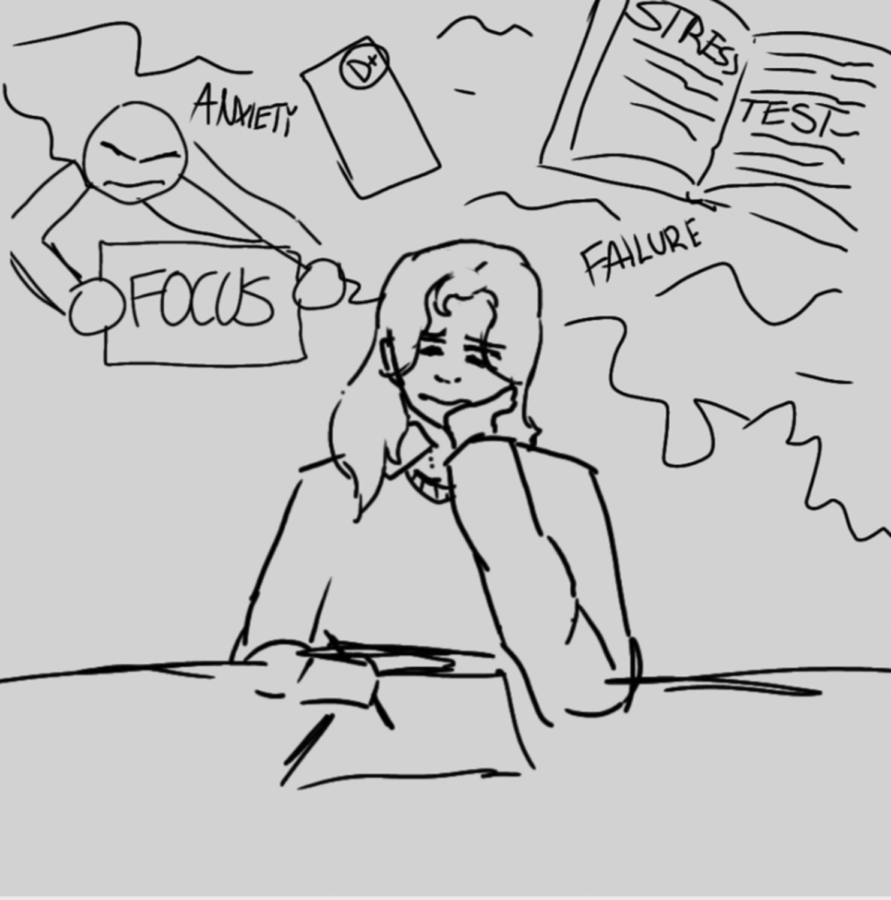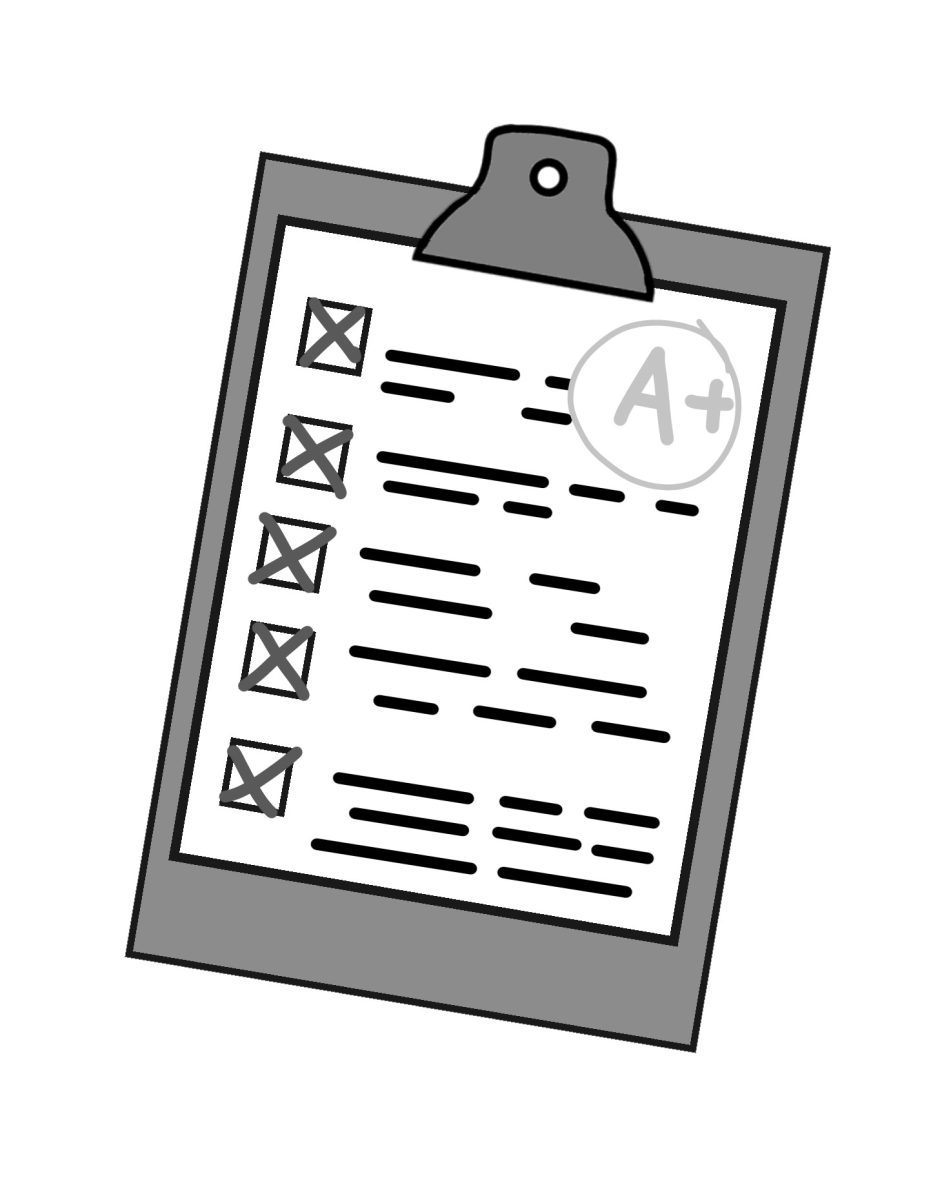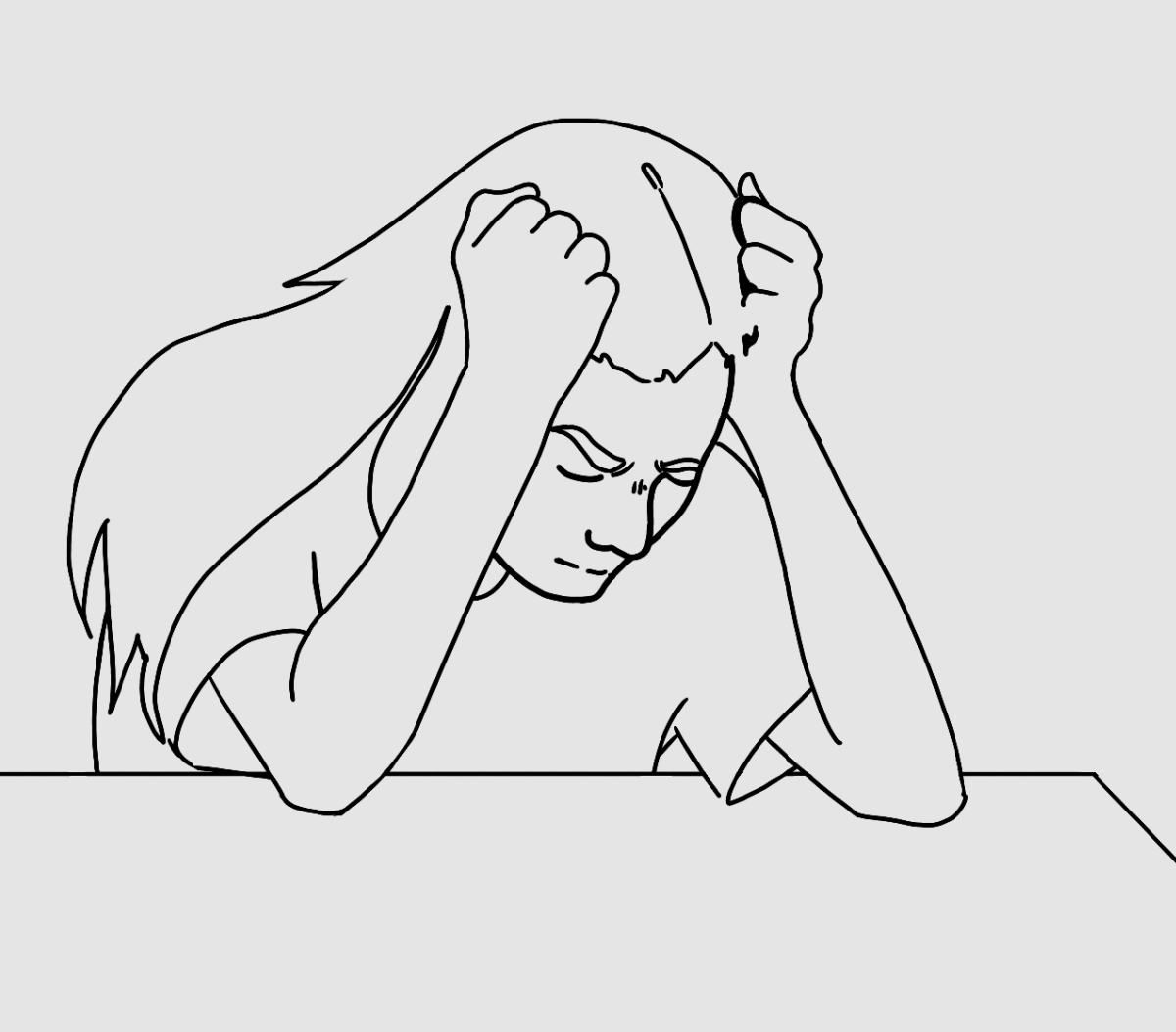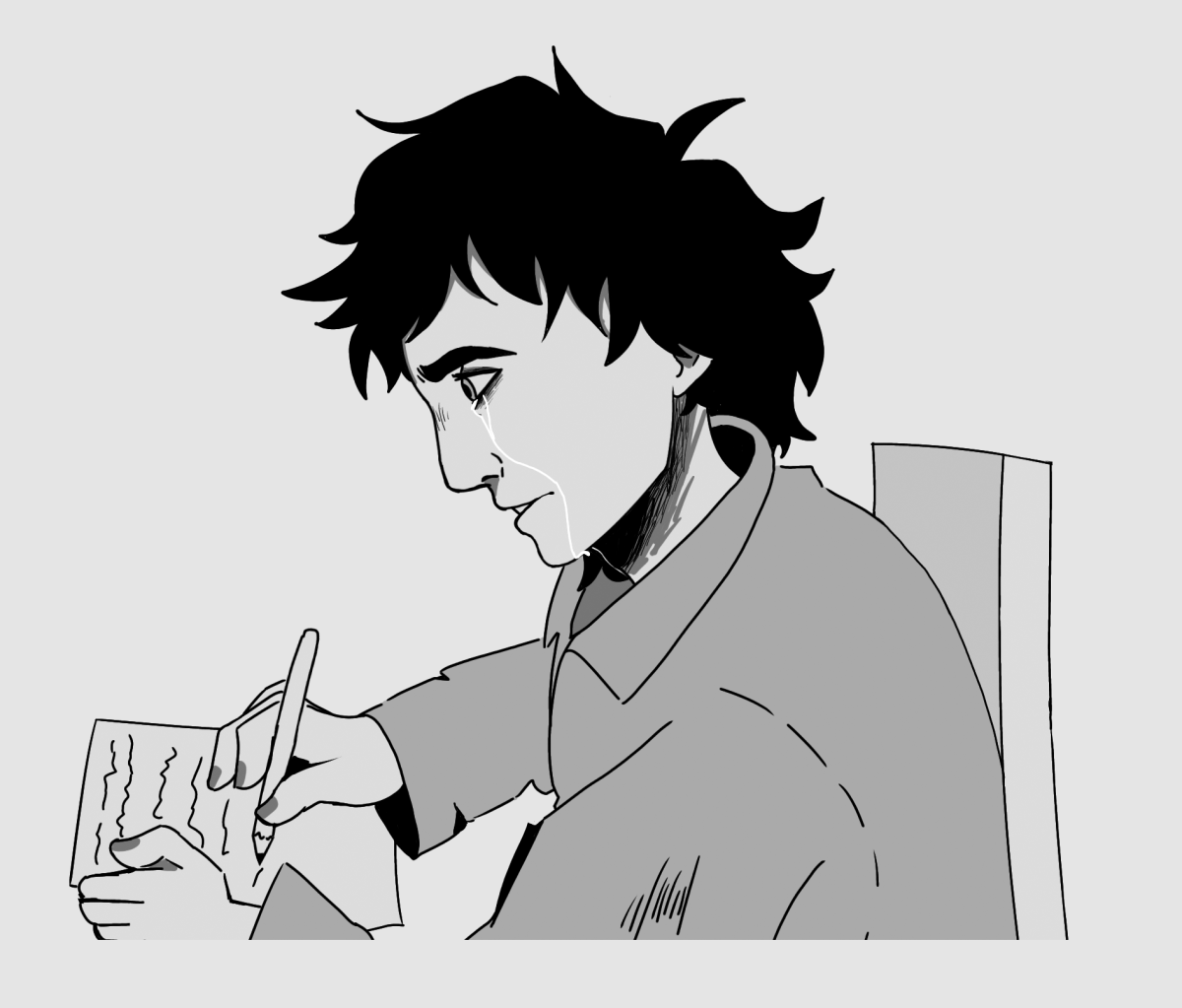As we get closer to testing season, a lot of students are experiencing higher levels of anxiety. This can affect their everyday lives, including students’ physical, mental and academic health. So, how do we as a school support students who are struggling?
When our brains experience stimuli, they will sort those stimuli into two categories: danger and non-danger. Anxiety is formed when the brain sorts stimuli that would ordinarily go into the non-danger category into the danger one, resulting in high levels of cortisol and epinephrine. Epinephrine is a chemical that causes most symptoms of anxiety, and cortisol is commonly referred to as “the stress hormone.” This sends your body into a state of fight or flight, being constantly on edge. Heart palpitations and quickened breathing patterns are common symptoms of anxiety, and can cause heart problems and even heart attacks later in life in extreme cases as well as muscle pain and stomach problems. Almost all symptoms of anxiety affect students every day, including in school, and it’s irresponsible as a community to ignore it. Oftentimes in a school setting, it can feel like the valid concerns of students’ mental health go unaddressed.
An extremely common kind of anxiety is avoidance anxiety, where someone will avoid the thing that makes them anxious. If that thing is a grade-dependent test, or a weeks-old assignment that the rest of the class has already moved past, it can be extremely difficult to face that problem. And the longer someone puts off getting caught up, the worse the anxiety surrounding school can get. Working on an assignment worth 100 points, studying for a test, talking to your teacher or even just showing up for school can send someone into a panic. Standardized tests, quizzes and classroom tests already may not show what a student knows and is capable of, but even more so if that student has anxiety. It can be overwhelming, or downright scary to ask your teacher for help, and for someone with anxiety that fear is often amplified. Things like this surrounding school tend to snowball with anxiety, and something that wouldn’t be a problem turns into a weeks-long battle.
According to the CDC, about 5.8 million teenagers ranging from ages 13-17 were diagnosed with anxiety in 2016-2019, and that number is expected to continue rising. About 45% of high school students report feeling stressed or anxious every day, and about 61% report feeling stressed about getting good grades. There is proven evidence that young people are having extremely high levels of anxiety every day, yet the way we teach them and the way we support our students has yet to change. We put high levels of importance on test scores and class grades, and yet we do not provide enough support for our students. A student’s intelligence and value at school is based on their dedication to turning in assignments or studying, yet we seem to forget that students with anxiety may try just as hard and still struggle. The pandemic, growing up around the internet and social media, an increasing sense that we need to “grow up” faster. All of this has led to many students feeling completely overwhelmed. Providing a safe learning environment and providing enriching experiences for students should be a top priority, but how can we possibly do that when the basics of mental health support continue to be unmet?
The stress that school creates can cause students to disassociate for days, or even weeks on end, never really getting to catch their breath. Students spend almost their entire youth in school, and yet the stress of it is making them miss some of the most formative years of their lives. Anxiety can change everything for a person in a single moment, turning an otherwise normal day into one filled with panic attacks, stress and nervousness. So why don’t we try and provide these students with more support? If you or someone you know is struggling with anxiety, there are plenty of resources that can help. Mental health hotlines, talking to a trusted adult or a therapist, getting medication, practicing exposure therapy, and working on healthy coping mechanisms just to name a few. Students deserve and need more easily accessible resources for mental health in school.
Testing is detrimental to students’ mental health
©HAWKEYE image credit: Charli Gilchrist
Story continues below advertisement
About the Contributors

Lucas Barquin, News Editor
Lucas Barquin joined HSM in 2022 because he enjoyed writing and wanted to join a group where he could continue writing with others. Lucas’ goal is to write about important topics, and to make every student feel seen and heard. In his free time Lucas enjoys drawing, listening to music and playing D&D. His post high school plans are to attend an art school for graphic design and illustration.

Charli Gilchrist, Tempo Co-Editor-in-Chief & Graphics Editor
Charli "Rain" Gilchrist (he/they) joined HSM in 2022, their freshman year to learn more about journalism and to continue from where they had left off in their role at the Brier Terrace middle school Bulldog Brief. They serve as a writer, graphic artist and graphics editor, and has recently taken on a major role in designing the TEMPO yearbook as well. In their free time, they usually enjoy studying clouds, listening to music, and scrolling through Pinterest. They plan on going to a university of the arts after graduation, but for now they can enjoy contributing to the school paper.














